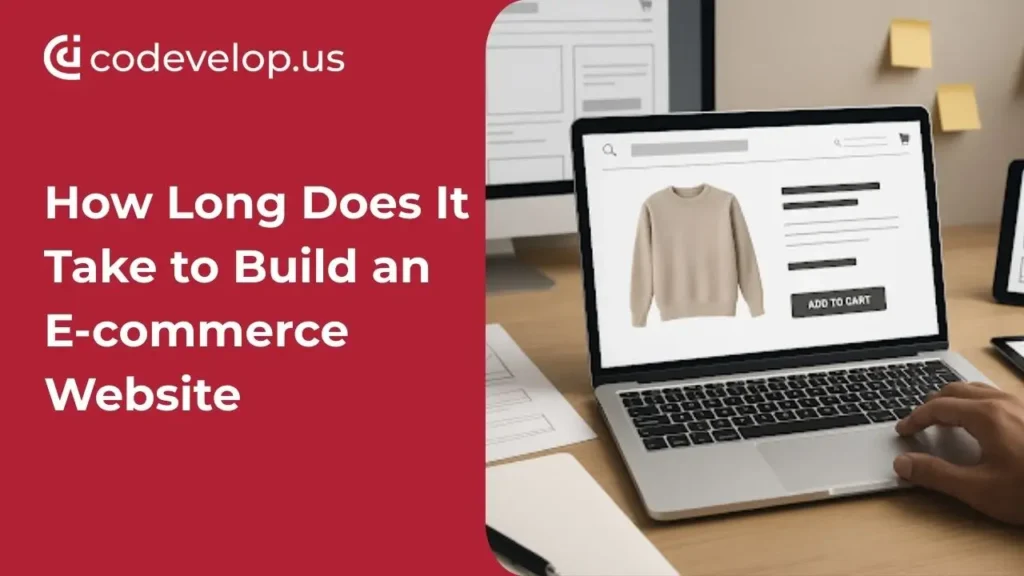1. Why Timelines Matter in E-commerce Website Projects
Timing can make or break an e-commerce launch. For U.S. businesses, missing key shopping dates like Black Friday or the holiday season can mean lost revenue. Take shayandcompany.com — an Oregon-based supplier of natural oils. Their site not only supports a large catalog but also manages high transaction volumes. Launching at the right time ensures seasonal demand is captured, especially for gift-buying spikes.
Medium’s e-commerce project management discussions stress that realistic timelines help set expectations, prevent rushed builds, and create a smoother post-launch experience.
2. Factors That Influence E-Commerce Website Build Time
- Scope – Small boutique vs. enterprise-level store
- Platform – Shopify for quick deployment, WooCommerce or Magento for customization
- Design complexity – Off-the-shelf theme vs. fully custom branding
- Content readiness – Product descriptions, images, policies
- Integrations – Inventory management, CRM, shipping, and payment gateways
Medium’s development case studies show that delays often come from unclear requirements or late content delivery.
3. Typical Timeline for a Basic E-commerce Website
If you have under 50 products, a platform like Shopify or WooCommerce can get you live in 4–6 weeks. This includes setup, design, product uploads, and testing. With content ready beforehand, you can sometimes launch in as little as 3–4 weeks. Medium’s small-business ecommerce examples highlight how template-based designs can speed up delivery.
4. Typical Timeline for a Complex E-commerce Website
For catalogs of 500+ products, advanced search, subscriptions, or wholesale pricing, timelines can run 3–6 months. Shay and Company’s setup — handling thousands of SKUs with robust inventory and logistics — required careful integration work. Medium’s enterprise ecommerce breakdowns point out that extended timelines often come from custom features and integration testing.
5. The Role of Design and User Experience in Timelines
Custom branding, unique layouts, and UX testing can add weeks to a project. A ready-made theme might be implemented in days, but a fully tailored interface that mirrors your brand identity could take a month or more. Medium’s UX-focused articles warn that skipping user testing to save time can lead to poor conversion rates.
6. How Development Platforms Impact Build Speed
- Shopify – Fastest to launch, fewer technical hurdles
- WooCommerce – Flexible but slower setup due to hosting and customization
- Magento/Adobe Commerce – Enterprise-level, longer timelines, but high scalability
Medium’s platform comparisons note that the right choice balances current needs with long-term scalability.
7. Common Keywords for E-commerce SEO
For a business like shayandcompany.com, effective keywords mix product-specific and intent-based terms:
- “bulk essential oils USA”
- “wholesale natural butters”
- “organic carrier oils for soap making”
- “Buy candle-making supplies online.”
Medium’s SEO strategy pieces recommend targeting transactional keywords for ready-to-buy customers and informational queries to attract early-stage researchers.
8. Services to Include When Building Your E-commerce Brand
To grow beyond just “having a store,” an e-commerce brand should offer:
- Professional product photography
- Branded packaging and unboxing experience
- Content marketing – blogs, guides, videos
- Email marketing and loyalty programs
- Social media engagement for brand building
- Customer support channels – chat, email, phone
Medium’s branding advice highlights that these services make a store memorable and create repeat buyers.
9. Tips to Speed Up the E-commerce Website Build Process
- Finalize features and scope before starting
- Prepare content and media assets early
- Use proven templates to save design time
- Limit mid-project changes
- Work with a development team experienced in your chosen platform
Medium’s project efficiency pieces show that clear communication reduces launch delays.
10. Balancing Speed with Quality
Launching too fast risks broken features or poor UX. It’s better to launch slightly later with a polished experience — first impressions in e-commerce directly affect conversion rates. Medium’s e-commerce launch guides stress that post-launch fixes can be more costly than taking time to get it right.
Want your e-commerce store launched on time and built to perform? Codevelop delivers fast, high-quality websites tailored to your goals and market.


